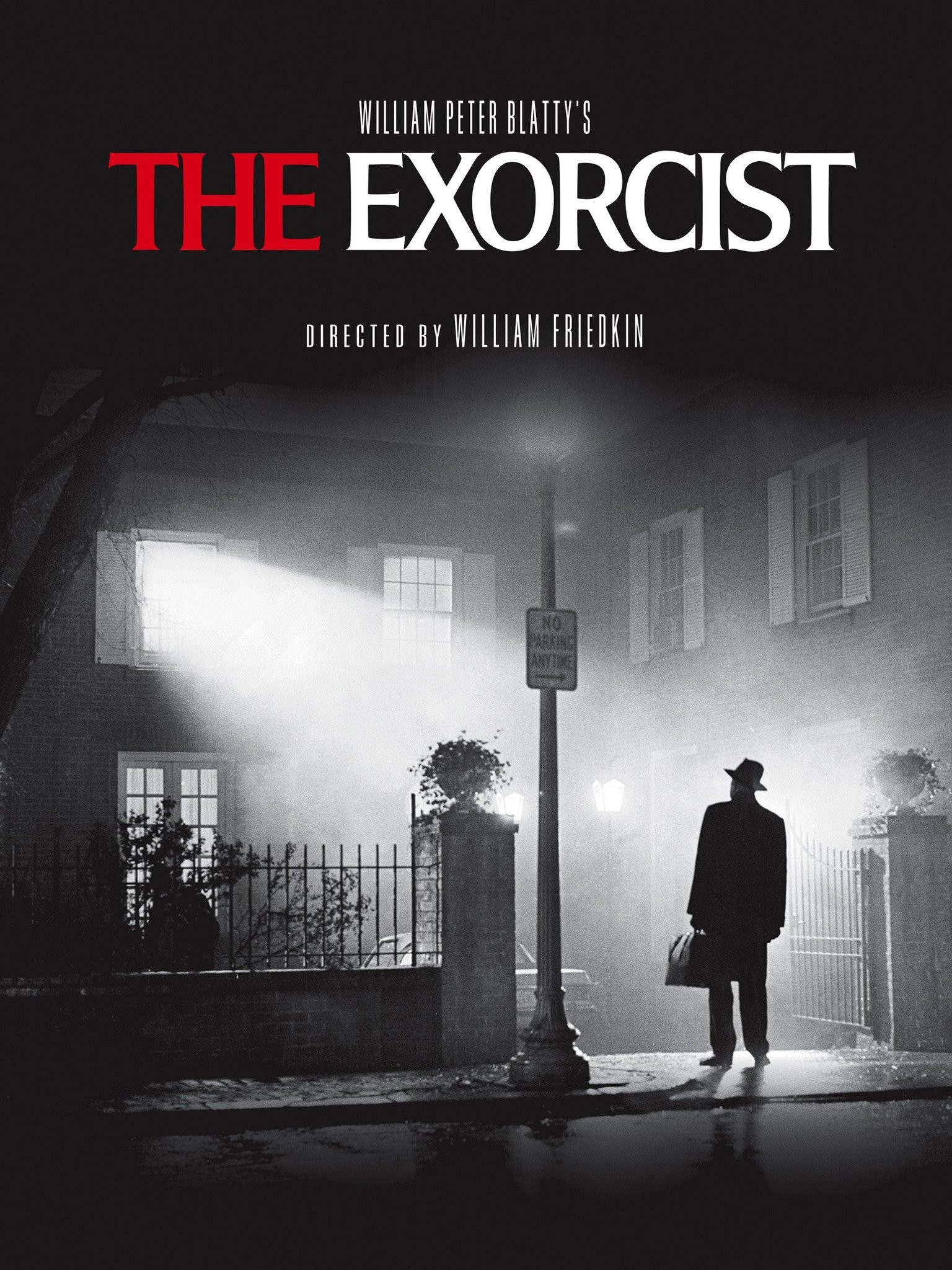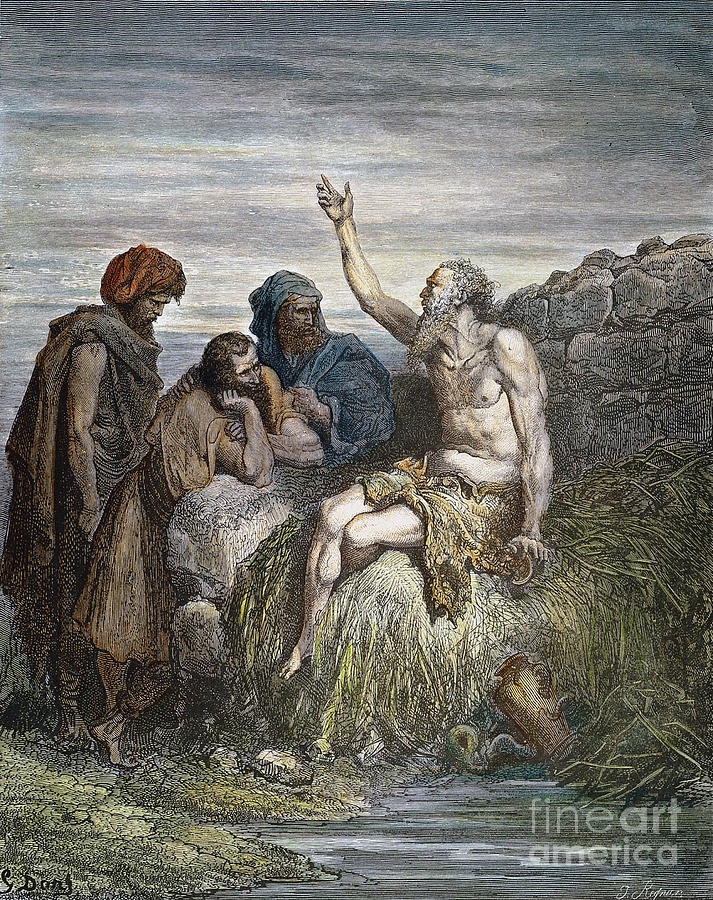.png) |
| A modern pop culture depiction of a Troll with horns terrorizing a village |
In Hinduism, demons appear in the Puranas as Rakshakas (evil beings capable of shape-shifting) and tramp souls. Also in Hinduism the, at one time, god-like asuras of the Vedas devolve into demonic spirit beings which, the mystic Sri Aurobindo says, try to place false and harmful ideas into the minds of impressionable, vulnerable human beings.
In Tibetan Buddhism, immediately after a person dies a priest reads the Tibetan Book of the Dead aloud over the dead body, instructing the departed soul how to avoid different spiritual lights and deceptions that demonic beings use to try to trick the deceased into falling into another earthly incarnation. And Mahayana Buddhism portrays many hells, each presided over by horrific entities.
In China demons are thought to be able to inhabit dead bodies and haunt various places, both inside and out.
Demons in China... are capable of animating dead bodies, haunting cemeteries, cross roads, and the homes of relatives. Some live in Hades...others inhabit the air. Many are hungry ghosts, the spirits of those who have had no proper burial or who have no decendants to feed them sacrifices.¹
Traditional Roman Catholicism doesn't envision the demon in terms of a psychoanalytic, physiological id or Jungian shadow archetype, as is fashionable in some contemporary circles. Instead, traditional Catholicism makes no bones about the belief in demons. The Prayer Against Satan and The Rebellious Angels, published in 1961 by order of H. H. Pope Leo XIII refers to various "spirits of wickedness," "diabolical legions" and "infernal invaders" that are to be driven away with the help of this solemn prayer.
 |
| The Exorcist (1973) starring Linda Blair and Max von Sydow remains a horror classic |
21st-century Catholicism, however, incorporates secular and psychiatric perspectives on demons, but arguably in a clumsy manner that seems to conform to ancient and medieval styles of analysis. This shouldn't be surprising as aspects of Catholic theology borrow from Aristotelian and Thomist analytical categories and modes of analysis. And as history suggests, deeply entrenched patterns of thought and practice usually take a lot of time to be reconsidered and further refined. It's probably comforting for many Catholics to perpetuate the analytical structures they've followed for centuries. They don't have to think. Somebody's already thought for them.
In secular society alleged demons are often described as nothing more than a product of the imagination, hallucinations, an arrested or disturbed personality, mutated chromosomes, or some neurological disorder. Along these lines the Catholic Catechism makes a sharp distinction between "the presence of the Evil One," on the one hand, and current interpretations of mental illness on the other:
The solemn exorcism, called "a major exorcism," can be performed only by a priest and with the permission of the bishop. The priest must proceed with prudence, strictly observing the rules established by the Church. Exorcism is directed at the expulsion of demons or to the liberation from demonic possession through the spiritual authority which Jesus entrusted to his Church. Illness, especially psychological illness, is a very different matter; treating this is the concern of medical science. Therefore, before an exorcism is performed, it is important to ascertain that one is dealing with the presence of the Evil One, and not an illness.²
In contrast to this arguably simplistic either/or perspective, a more productive and integrated approach would consider different perspectives -- physiological, psychological, cultural, transpersonal and spiritual -- using all of the relevant analytical tools available to us today.
 |
| The Biblical Job is a good man who suffers because God makes a bet with Satan, a story that Carl Jung believes makes God out to be less than perfect |
Having said that, we should also consider the possibility that God could permit a fundamentally good and 'well adjusted' person to be afflicted by evil, as we find, for instance, in the Old Testament Book of Job. Attack by a demon may indicate some underlying psychological or neurological issues but not necessarily.
Beyond these major religious traditions, demons are also present in numerous folklore and mythological traditions worldwide. From the Jinn of Islamic mythology to the Norse trolls, demons often serve as a symbol of fear, evil, and the unknown.
Demons have continued to captivate the human imagination in modern culture. They are a popular theme in movies, television shows, and video games. These depictions often blend traditional beliefs with contemporary elements, creating a complex and evolving image of demons.
Related » Aliens, Alien Possession Theory, Anathema, Angels, Avesta, Bodhi Tree, Hieronymus Bosch, Christianity, Discernment, Fallen Angels, Hero, Jinn, Lilith, Madness, Mandala, Michael (St.), Miracles, Occam's razor, Possession, Psychosis, Rakshakas, Shaman, Spiritual Attack, UFO, Underworld
⸺
¹ S. G. F. Brandon, A Dictionary of Comparative Religion, 1971, p. 230.
² Catechism of the Catholic Church, paragraph 1673.

Comments